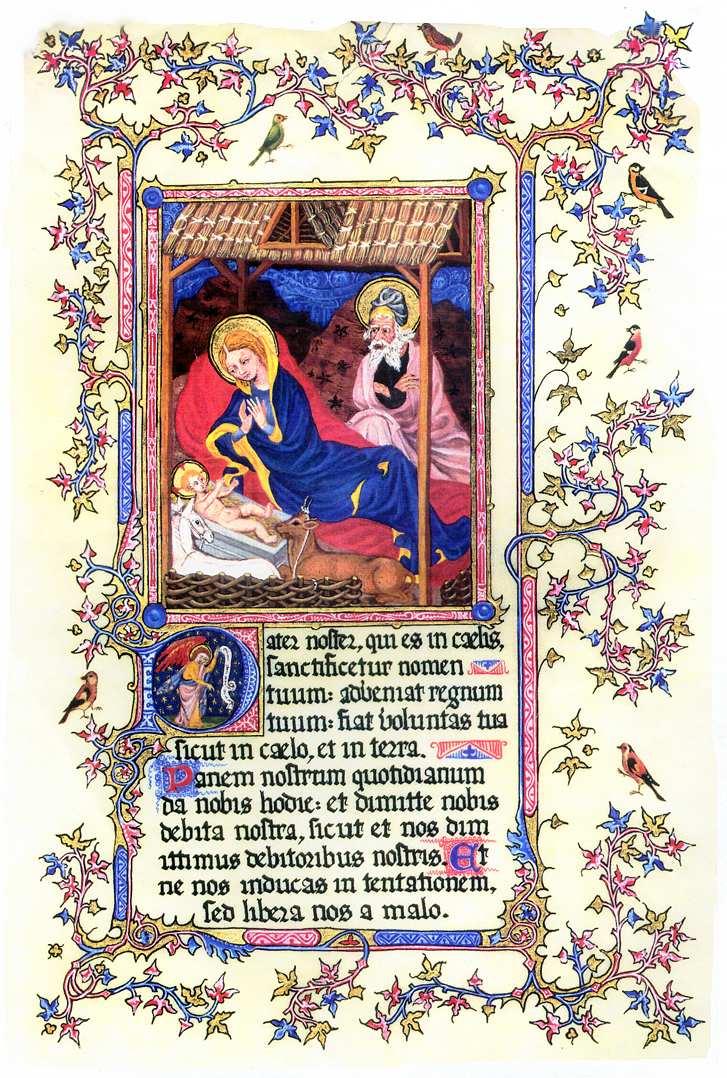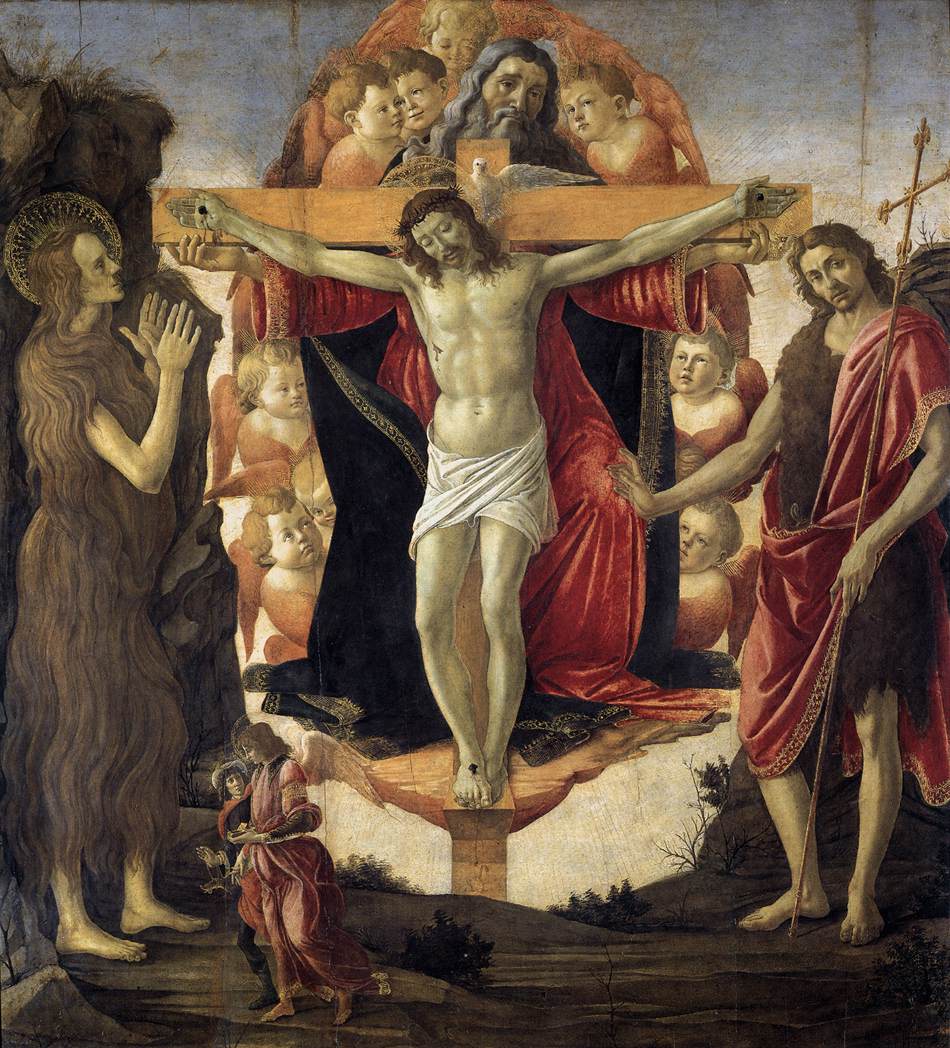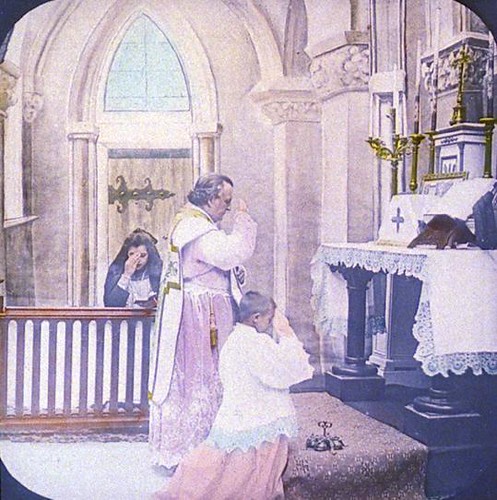Our Father
Taken from the Baltimore Catechism No. 4:
This is the most beautiful and best of all prayers, because Our Lord Himself made it. (Matt. 6:9; Luke 11:2). One day when He was praying and explaining to His Apostles the great advantages of prayer, one of them said to Him: "Lord, teach us to pray." Then Jesus taught them this prayer. It contains everything we need or could ask for. We cannot see its full meaning at once. The more we think over it, the more clearly we understand it. We could write whole pages on almost every word, and still not say all that could be said about this prayer. It is called "the Lord's," because He made it, and sometimes the "Our Father," from the first words.
Pater noster
(PAH-tehr NOHS-tehr)
Qui es in caelis
(quee ehs een CHAY-lees)
sanctificetur nomen tuum
(sahnc-tee-fee-CHAY-toor NOH-mehn TOO-oom)
adveniat regnum tuum
(ahd-VAY-nee-aht RAY-nyoom TOO-oom)
fiat voluntas tua
(FEE-aht voh-LOON-tahs TOO-ah)
sicut in caelo et in terra.
(SEE-koot een CHAY-loh eht een TAYHR-rah)
Panem nostrum quotidianum
(PAH-naym NOHS-troom quoh-tee-dee-AH-noom)
da nobis hodie
(dah NOH-bees HOH-dee-ay)
et dimitte nobis debita nostra
(eht dee-MEET-tay NOH-bees DAY-bee-tah NOHST-rah)
sicut et nos dimittimus debitoribus nostris
(SEE-koot eht nohs dee-MEET-tee-moos day-bee-TOH-ree-boos NOHST-rees)
et ne nos inducas
(eht nay nohs een-DOO-kahs)
in tentationem
(een tehn-TAH-tsee-oh-nehm)
sed libera nos a malo.
(sehd LEE-behr-ah nohs ah MAH-loh)
This concludes the third lesson. Practice often.




